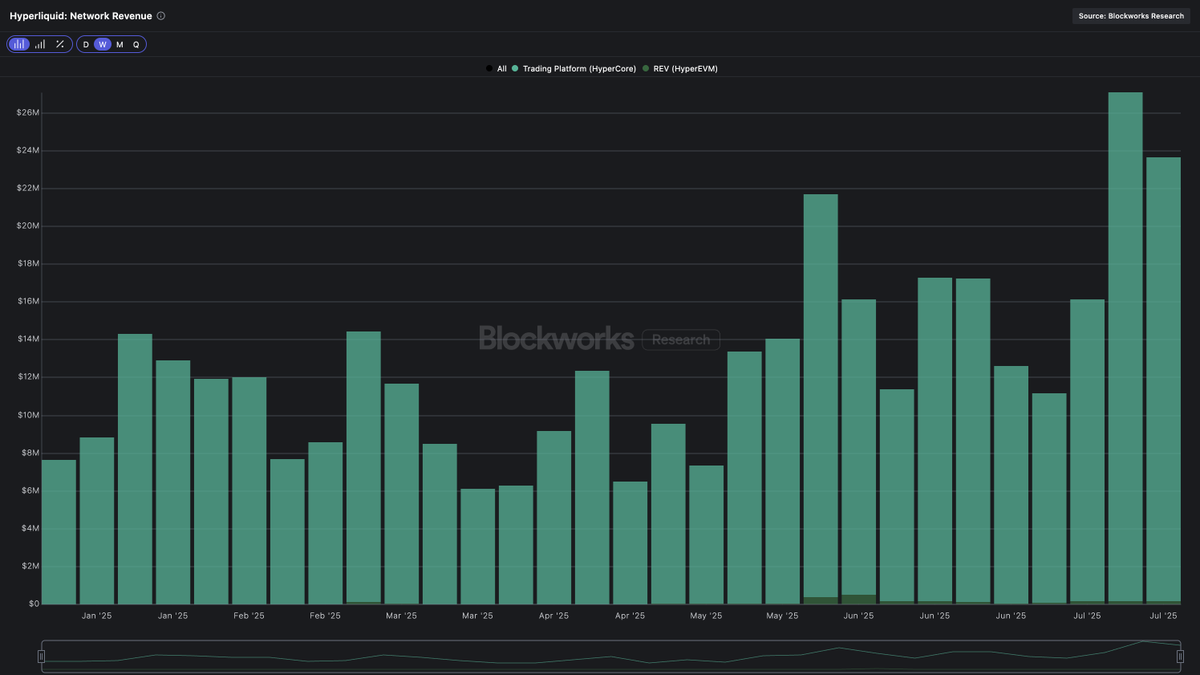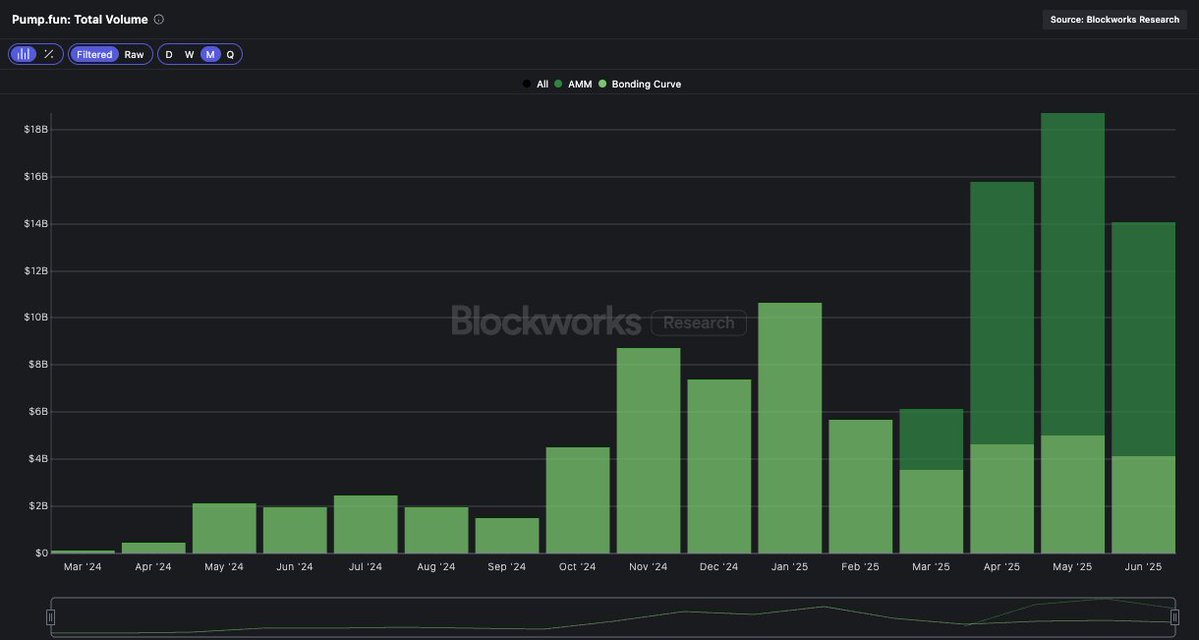Can @fraxfinance become the decentralized bank of DeFi?
Fraxlend, FraxSwap, and a new FRAX base pool will flip the switch and trigger FRAX demand
🧵 by @0xpibblez (1/8)
Fraxlend, FraxSwap, and a new FRAX base pool will flip the switch and trigger FRAX demand
🧵 by @0xpibblez (1/8)

@fraxfinance @0xpibblez 2/ $FRAX supply currently sits at only 20% of DAI's supply. With new developments, FRAX demand could surge 400% before breaking even with DAI.
The value and revenue from this growth, of course, would flow to FXS holders
The value and revenue from this growth, of course, would flow to FXS holders

@fraxfinance @0xpibblez 3/ $FXS holders are currently voting on a $20M revenue-fueled buyback.
With a new TWAMM and FraxSwap, Frax stands to earn even more revenue via a 0.3% trading fee on all swaps.
FraxSwap is a permissionless treasury management tool for DeFi projects to conduct monetary policy
With a new TWAMM and FraxSwap, Frax stands to earn even more revenue via a 0.3% trading fee on all swaps.
FraxSwap is a permissionless treasury management tool for DeFi projects to conduct monetary policy

@fraxfinance @0xpibblez 4/ Frax introduced plans for real world asset lending AMOs through its new Fraxlend product, which is set to launch within 7 days.
This will serve as a new, composable primitive that permits both under-collateralized and over-collateralized loans for individuals and protocols
This will serve as a new, composable primitive that permits both under-collateralized and over-collateralized loans for individuals and protocols

@fraxfinance @0xpibblez 5/ Frax's @curvefinance base pool is up for vote. With Frax providing 1/2 of the 3pool liquidity, a FRAXBP could shake up the state of stableswaps on Curve.
Protocols will gain capital efficiency, and Frax will become a supply sink for CRV
Protocols will gain capital efficiency, and Frax will become a supply sink for CRV

@fraxfinance @0xpibblez @CurveFinance 6/ @ConvexFinance's Frax integration is the best kept secret in DeFi, where users can find several ways to earn CRV, CVX, and FXS rewards.
Frax's CVX holdings have proven to be beneficial in the recent Frax/CRV voting rounds
Frax's CVX holdings have proven to be beneficial in the recent Frax/CRV voting rounds

@fraxfinance @0xpibblez @CurveFinance @ConvexFinance 7/ Despite the UST meltdown, FRAX's collateralization ratio still sits at ~90% and the peg proved resilient, even with recent liquidation events across DeFi.
All developments will translate to more revenues for Frax and more fuel to benefit FXS holders @fraxbull1
All developments will translate to more revenues for Frax and more fuel to benefit FXS holders @fraxbull1

8/ For more details about Frax's recent developments and @samkazemian's master plan, read our most recent report:
blockworksresearch.com/research/frax-…
blockworksresearch.com/research/frax-…
• • •
Missing some Tweet in this thread? You can try to
force a refresh




















